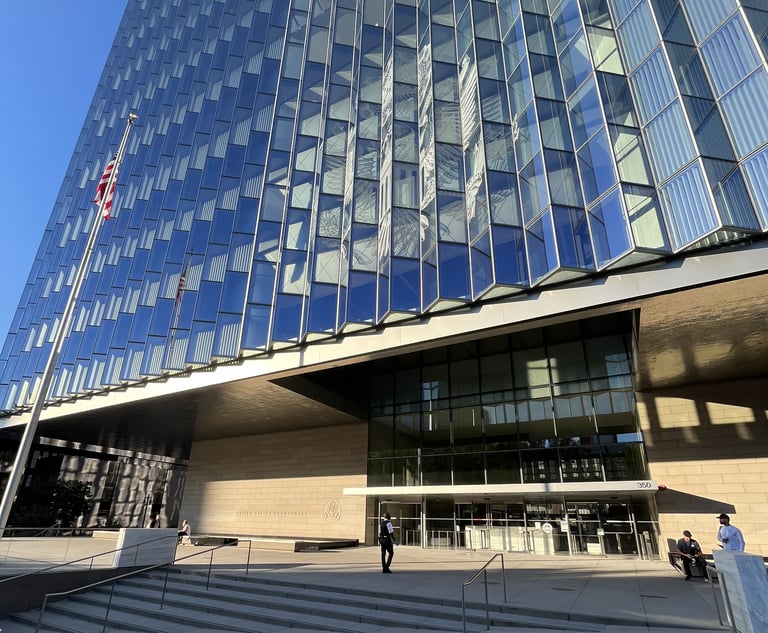It has become a trend in many circuit courts to order cases to nonbinding arbitration, either in place of mediation or after a case reaches an impasse at mediation. Some courts use nonbinding arbitration regularly to encourage settlement and clear their dockets. Other courts use this form of alternate dispute resolution more sparingly, reserving it for dysfunctional cases wherein the lawyers are not communicating well and the case is proceeding behind the case management deadlines. Regardless of why the case gets referred to nonbinding arbitration, the referral adds an additional layer of preparation and expense to the litigation process. As such, it makes sense for lawyers to use this opportunity to develop the strengths and weaknesses of their case and posture it for resolution.
Get the Right People at the Hearing
The most effective way to turn the nonbinding arbitration into an opportunity to settle the case is to have the people making the financial decisions on the case present at the actual hearing. This might not be as easy as it seems, as generally, the persons holding the financial purse strings are busy individuals who prefer to be excused from the proceeding or send a local or subordinate representative in their place. Although the Florida rules and statute governing nonbinding arbitration require the parties to attend, they do not specifically require that a representative with financial decision-making power attend. Thus, the rules allow the dismissal of a party or party’s representative from attendance at the proceeding upon agreement by the arbitrator for good cause shown. Attorneys should think twice before requesting their clients be excused from nonbinding arbitration, because unless that client is present, the client will not be able to assess the persuasiveness and credibility of the opposing party based on their own personal knowledge.




